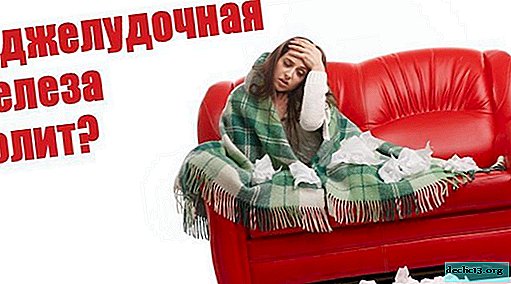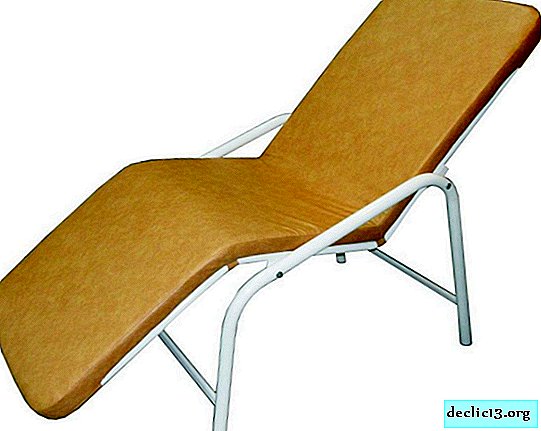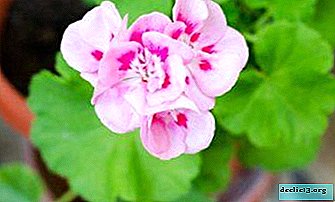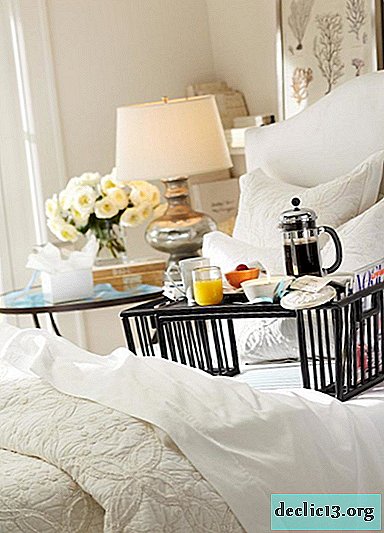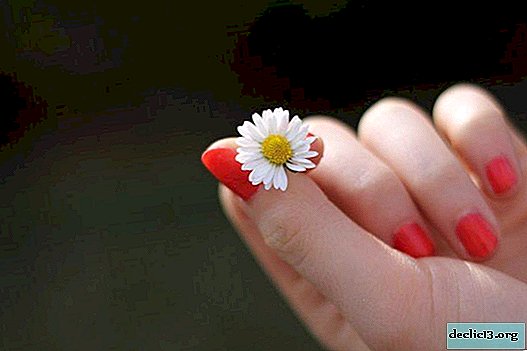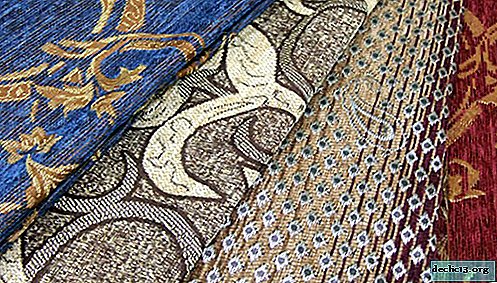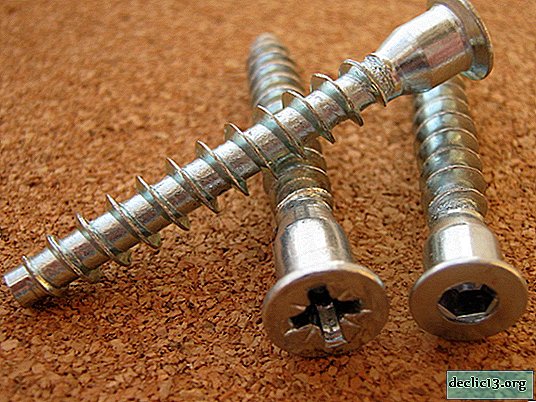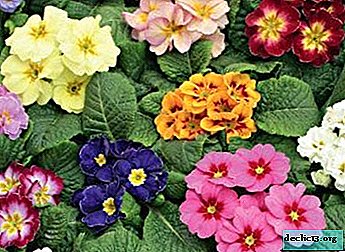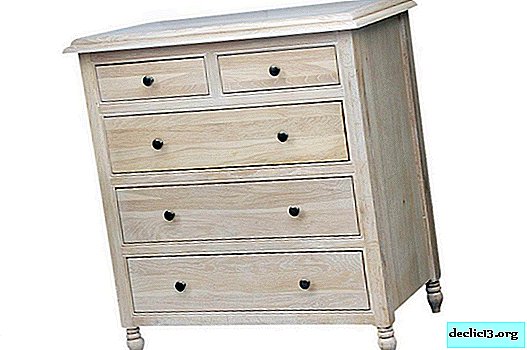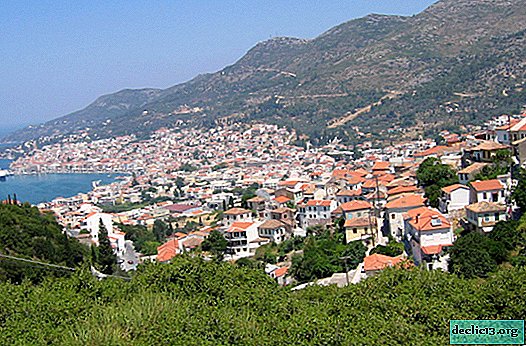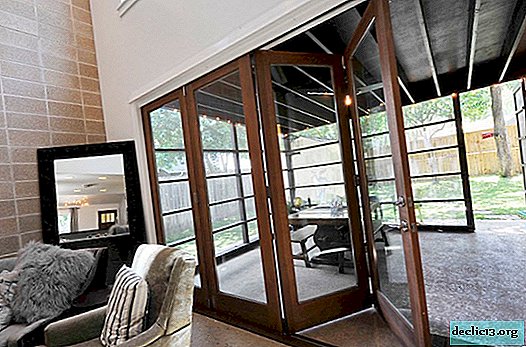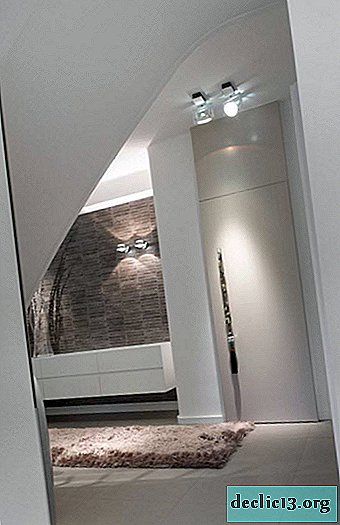Bonn in Germany - the city in which Beethoven was born
Bonn, Germany is one of the political and economic centers of the country. There are few tourists here, but there are no less interesting sights than in Cologne, Nuremberg, Munich or Dusseldorf.
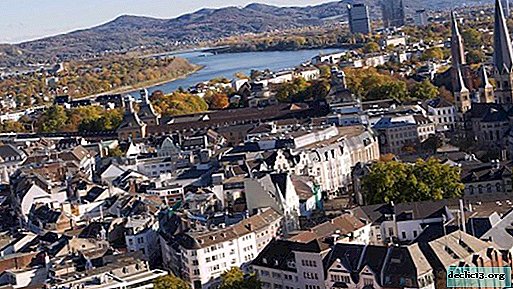
General information
Bonn is a city in the western part of Germany near Cologne. Population - 318,809 (This is the 19th place in the list of the most populous cities in Germany). The city spreads over an area of 141.06 km².
From 1949 to 1990, Bonn was the capital of Germany, however, after the unification of the country, it gave its status to Berlin. However, to this day Bonn remains an important political and economic center of the country. It often hosts international diplomatic meetings and summits.

The city was founded in the 11th century BC, and its heyday fell on the 1700s: at that time they opened their own university in Bonn, rebuilt the royal residence in the Baroque style, and it was in this century that the famous composer Ludwig Van Beethoven was born in Bonn.
Sights
Bonn, Germany has many interesting sights that take at least two days to visit.
National Museum of Modern History of the Federal Republic of Germany
The National Museum of Modern History of the Federal Republic of Germany is a purely historical museum about post-war life in a divided country. Interestingly, this is one of the most visited and popular museums in the city. More than 800,000 people come here every year.
The exposition presented in the museum is made under the motto “To comprehend history”. The Germans believe that you can not embellish or forget the story, because it can be repeated. That is why a lot of attention in the museum is paid to the history of the rise of fascism and Nazism. In addition, there are rooms dedicated to the Cold War, the period of "detente" and photos of the city of Bonn in Germany in different historical periods.

However, the main theme of the museum is the juxtaposition of life in Germany and the GDR. The creators of the exhibition say that it was important for them to show the difficult post-war time in which their parents grew and lived.
In the museum you can see the cars of the first chancellor of Germany, the passport of the first guest worker, interesting documents from the Nuremberg trials (the trial of the leaders of the fascist and Nazi parties after the end of World War II) and military equipment.
The museum ranks first in the list of the most interesting sights of Bonn. Another plus is that the museum is free.
- Address: Willie Brandt Allee 14, 53113 Bonn, North Rhine-Westphalia, Germany.
- Opening hours: 10.00 - 18.00.

Park Freizeitpark Rheinaue covers an area of 160 hectares and is a popular relaxation area in Bonn. The improvement of the sights was completed in 1979. Main Attractions:
- Bismarck Tower rises in the northern part of the park;
- the art installation “Spoons in the Forest” by Herman Holzinger can be seen in the southern part;
- the totem pole donated to Germany by Canadian artist Tony Hunt is located between the Japanese garden and the postal tower;
- a monument to Ludwig Van Beethoven in the form of a comma is located in the western part of the park;
- the blind fountain is in the Jet Garden;
- playgrounds can be found in the southern part of the park;
- a basketball court is located on the left bank of the Rhine;
- A dog walking area is located in the eastern part of the park.
The main areas of the park:

- Japanese garden. Contrary to the name, not only Asian, but also European plants are planted here. It features a large number of flowering plants and unusual varieties of trees.
- Jet garden. Perhaps this is one of the most unusual gardens, because people who do not see it can enjoy it. Florists specially selected plants that have a strong aroma and a very bright color. In addition, each flower and tree has Braille signs describing the plant.
Tourists say Freizeipark is one of the best places to stay in Bonn. Here you can not only walk and ride a bike, but also have a picnic. Locals love to come here in order to admire the birds, which are many, and take a break from the noisy streets of Bonn.

The Botanical Garden and Arboretum are run by the University of Bonn. Initially (in the 13th century), the park in the Baroque style was the property of the Archbishop of Cologne, but after the construction of the University of Bonn in 1818, it was transferred to the university.
The first director of a higher educational institution of the city changed the garden a lot: plants began to be planted in it, interesting, first of all, from the point of view of science, and not in appearance. Unfortunately, during the Second World War the garden was completely destroyed, and it was possible to restore it only in 1979.
Today, around 8,000 plant species are grown in the park, ranging from endangered native flower species from the Rhine region (such as Lady's Slipper orchids) to protected species such as Sophora Toromiro from Easter Island. An attraction can be divided into several zones:
- Arboretum. Here you can see about 700 species of plants, among which there are very rare.
- The systematic department (often called evolutionary). In this part of the garden you can see 1200 species of plants and trace how they changed over the centuries.
- Geographical section. Here are collected collections of plants, depending on where they grow.
- Section of biotopes. In this zone of the park you can see photos and models of plants that have completely disappeared from the face of the Earth.
- Winter Garden. There are tropical plants brought to Bonn from Africa, South America and Australia.
- House of palm trees. In this part of the park you can see tropical trees (for example, bananas and bamboo).
- Succulents. This is the smallest, but one of the most interesting collections. Succulents for the Botanical Garden were brought from Asia and Africa.
- Victoria House is the water part of the park. In this “house” you can see various types of water lilies, lilies, as well as swans.
- The Orchid House is fully dedicated to the various varieties of orchids brought from Central and South America.

Allow at least 4 hours for a walk in the garden. And, of course, it’s better to come to the park either in late spring or summer.
- Address: Poppeldorfer Allee, 53115 Bonn, Germany.
- Opening hours: 10.00 - 20.00.

Beethoven is the most famous person ever born and living in Bonn. His two-story house, which now houses a museum, is located on Bonngasse Street.
On the ground floor of Beethoven’s house-museum there is a living room in which the composer liked to relax. Here you can get information about Beethoven’s family and look at his personal items.
The second floor is much more interesting - it is dedicated to the work of the composer. The exhibition presents unique musical instruments that belonged not only to Beethoven, but also to Mozart and Salieri. And yet, Beethoven's piano is considered the main exhibit. Tourists also note the huge ear from the pipe, which the composer used as a means of combating growing deafness. It is interesting to look at Beethoven’s masks - posthumous, and made 10 years before death.

There is another attraction near the museum - a small chamber hall, in which lovers of classical music gather today.
- Address: Bonngasse 20, 53111 Bonn, Germany.
- Hours: 10.00 - 17.00
- Cost: 2 euros.
- Official website: www.beethoven.de

In honor of Ludwig Van Beethoven, which is a real symbol of Bonn, a statue is installed on the central square of the city (the landmark is the building of the Main Post Office).
Interestingly, the monument erected in 1845 is the first dedicated to the famous composer. The pedestal depicts various types of music (in the form of allegories), as well as the score of the 9th symphony and the solemn mass.
Where to find: Münsterplatz, city of Bonn.
Christmas Market (Bonner Weihnachtsmarkt)
A Christmas market is held annually on the main square of Bonn in Germany. Several dozen shops are installed in which you can:
- try traditional German food and drinks (grilled sausages, strudel, gingerbread, grog, mead);
- purchase souvenirs (magnets, paintings, figurines and postcards);
- buy knitwear (scarves, hats, mittens and socks);
- Christmas decorations.
Tourists note that the fair in Bonn is less large-scale than in other German cities: there are not a lot of decorations and carousels, swings and other entertainments for children. But here you can make some of the most beautiful photos of Bonn (Germany) during the Christmas holidays.
Location: Munsterplatz, Bonn, Germany.

The cathedral on the Münsterplatz square is one of the architectural symbols of the city. For Christians, the place on which the temple is located is considered sacred, because once there was a Roman shrine, in which two Roman legionnaires were buried.
The landmark of Bonn combines elements of the Baroque, Romantic and Gothic styles. The cathedral contains many ancient artifacts, including: statues of the Angel and the Demon (13th century), an old altar (11th century), a fresco depicting three magi.
In the cathedral there is a dungeon in which the grave of the martyrs is located. You can get to the basement only once a year - on the day of the celebration of the Saints (October 10). Tours are regularly held throughout the rest of the temple, and concerts are also held.
- Address: Gangolfstr. 14 | Gangolfstraße 14, 53111 Bonn, Germany.
- Opening hours: 7.00 - 19.00.

Market Square is the heart of old Bonn. This is what you should see first in Bonn. According to the old German tradition, all the guests of honor who have ever come to the city, first of all, must have visited the Market Square. Among these people: John F. Kennedy, Elizabeth II, Charles de Gaulle and Mikhail Gorbachev.
On weekdays, there is a farmer's market, where you can buy fresh fruits, vegetables and flowers. There are many ancient buildings on the square.
Among them is the Old Town Hall, built in the 18th century. This landmark of Bonn in Germany was rebuilt in the Baroque style, and thanks to the abundance of gold that shines in the sun, it can be seen from afar. Unfortunately, you cannot get inside, but on the front staircase you can take some beautiful photos.
Address: Marktplatz, Bonn, North Rhine-Westphalia, Germany.
Where to stay

In the German city of Bonn, there are about 100 accommodation options, the bulk of which are 3 * hotels. Reservations must be made in advance (usually not later than 2 months).
The average cost of a double room in a 3 * hotel in high season is 80-100 euros. Usually this price already includes a good breakfast (continental or European), free parking, Wi-Fi throughout the hotel, in-room kitchenette and all necessary appliances. Most rooms have facilities for disabled guests.
Remember that in the city of Bonn there is a metro, so renting a house in the very center is not necessary - you can save by staying at a hotel away from the center.Find out RATES or book any accommodation using this form
Food
 Snelclops
SnelclopsBonn has dozens of cafes and restaurants, and tourists will certainly not stay hungry. Many travelers are advised not to go to expensive establishments, but to try street food.
The average price for a dinner for two in a restaurant in the center is 47-50 euros. This price includes 2 main dishes and 2 drinks. Sample menu:
| Dish / Drink | Price (Euro) |
|---|---|
| Hamburger at McDonald's | 3.5 |
| Snelclops | 4.5 |
| Strules | 4.0 |
| Mecklenburg Potato Roll | 4.5 |
| German Sauerkraut | 4.5 |
| Poppy seed cake | 3.5 |
| Pretzel | 3.5 |
| Cappuccino | 2.60 |
| Lemonade | 2.0 |
Interesting Facts
- Approaching Beethoven’s house, you can see that medallions with names and photos of famous German composers, scientists and writers are laid out on the pavement.
- Be sure to go to one of Bonn's breweries - local residents believe that it is in their city that they prepare the most delicious beer.
- There are 2 cherry alleys in Bonn, Germany. One is on Breite Straße, the other is on Heerstraße. Cherry trees brought from Japan bloom for only a few days, so people from neighboring cities come to see this beauty.
- If you look at your feet, standing on the Market Square, you can see that the paving stones here are the book roots on which are written the names of German writers and the names of their works. The memorial was laid in honor of the 80th anniversary of the events taking place in Nazi Germany (books were burned).
- Bonn Cathedral can be considered the most modern in the world. It was here that an electronic terminal for collecting donations was first installed.

Bonn, Germany is a cozy German town in which traditions are still honored and everything possible is done so that the mistakes of the past do not happen again.

